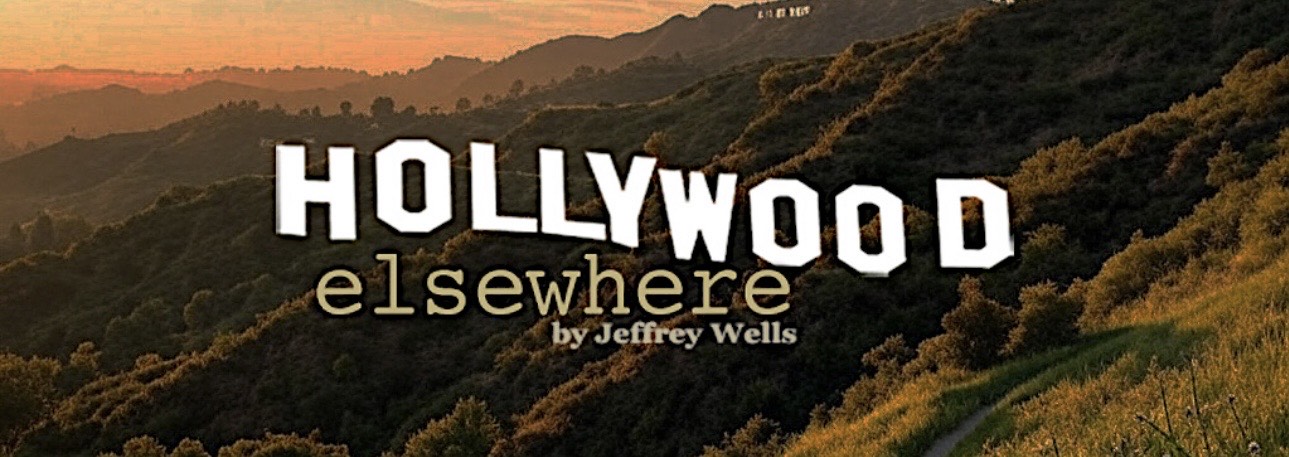I’ve been reading Phillip Roth‘s books all my life. It was his compulsive candor about sex, I think, that hooked me initially and kept me coming back. For some reason I was more impressed by Roth’s stories about horndog behavior than I was by, say, Henry Miller‘s. Roth was the first guy I read who described anal. That got to me on a certain level. I said to myself, “Well, if Phillip Roth can not only go there but openly write about it, I guess it’s an okay thing.”
These days Roth is writing about the approaching finale, about humbling, about everyone dying around him. I guess this is why he’s let himself be profiled by an American Masters doc. He’s figuring it’s now or never. He’ll turn 80 on 3.19.
I have to be honest — I’ve only seen half of Philip Roth: Unmasked. I was enjoying it but I was tired or something. It’s a 90-minute portrait in which Roth riffs on his life and art “as he has never done before,” the copy says. It debuts on PBS on 3.29, but on Wednesday it’ll play at the Film Forum for a week.
I’ve read Portnoy’s Complaint, Our Gang, The Human Stain, The Ghost Writer (’79), The Dying Animal, a screenplay based on American Pastoral but not the book, Goodbye Columbus, Zuckerman Unbound (’81). Now that I’ve been somewhat re-energized I’d like to read The Anatomy Lesson (’83), The Prague Orgy (’85), all of I Married A Communist (’98, having read about a third of it) and Exit Ghost (’07).
“The crux of this plainly observed and illuminating documentary, centered on filmed interviews with the novelist that are organized into a loose biographical portrait, is a classic story of personal and artistic self-discovery,” New Yorker critic Richard Brody writes. “[This began] with the thirtyish writer’s recognition, nearly half a century ago, in the company of a new group of like-minded friends in New York, that his round-table comedic voice was entertaining and therefore needed to be channelled into his work.
“The result, of course, was Portnoy’s Complaint, one of the key literary works of the sixties, which also made Roth famous. In much of the discussion that follows, he explains how he dealt with his new public persona — and how he transformed his experiences into fiction.
“His achievements are parsed and praised in interviews with such writers as Nicole Krauss, Jonathan Franzen and Claudia Roth Pierpont. Along the way, it’s as if yet another voice, another mask, were under construction: that of the wise retiree, facing the end of his life with a jovially sardonic serenity, if for no other reason than the confidence that his written voice will outlive him.”




